2023 NFL Draft prospect rankings: Cornerbacks
theScore's prospect rankings series takes a position-by-position look at the top players available in the 2023 NFL Draft.
Top 50
QB | RB | WR | TE | OL
EDGE | DL | LB | CB | S
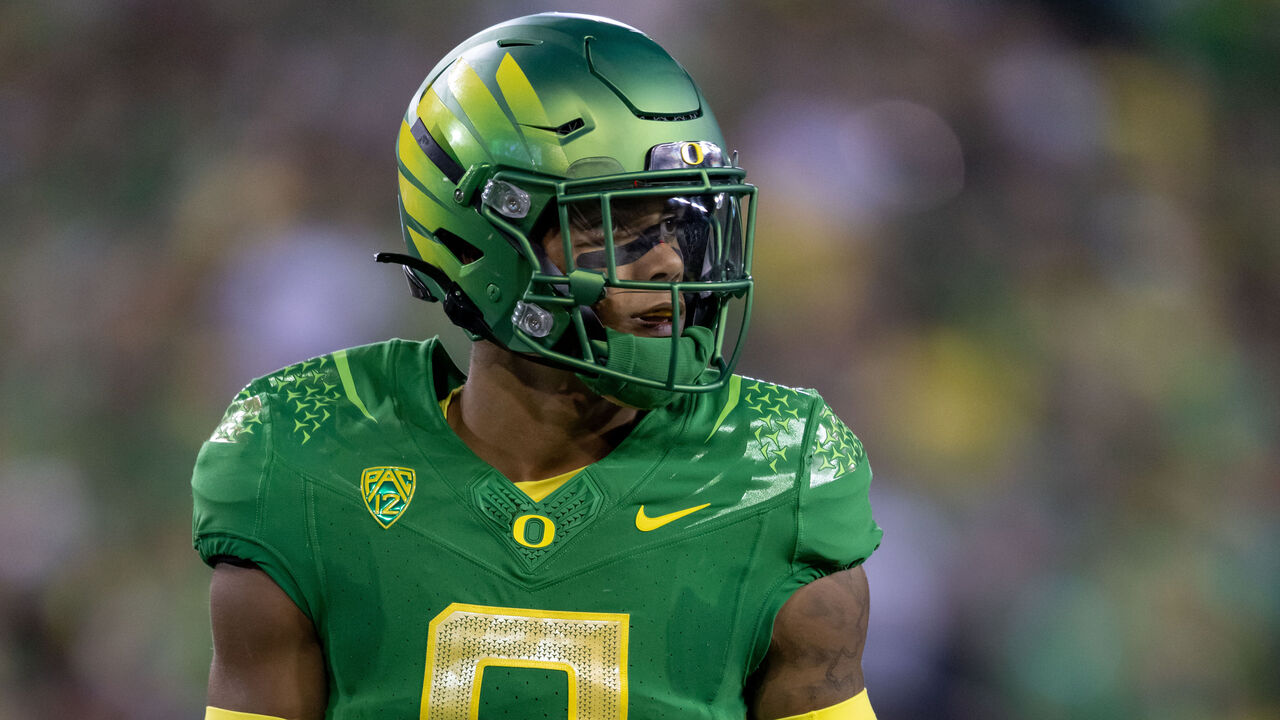
Gonzalez is one of the easiest movers you'll ever find on a football field, regardless of position. He uses his 4.38 speed to glide, consistently sticking with receivers with ease in both man and zone coverage. The former Duck uses patient hands and feet in press to avoid being beaten off the line and then quick hips to turn with receivers on a dime. While he can cover any target on offense, he'll be most effective against bigger receivers thanks to his size and athleticism combination, sticking in their hip pocket from the first step of the play to the end. Gonzalez is quite capable of breaking up balls thrown in his direction, but he could bring his game to another level if he became a more aggressive ball hawk and downfield tackler. When he does get his hands on the ball, he's a threat to take it to the house, as evidenced by his 29.5-yard interception return average in 2022.

Witherspoon pops on film. He lays the boom as a corner better than just about anyone and has good coverage skills to match. The Illinois product gets his hands on receivers early in press, remains physical through the route, and plays through the ball. That play style is likely to draw some more flags in the NFL, so Witherspoon will need to rein in the physicality just a bit to prevent costing his team. A lack of elite top speed could be part of why Witherspoon is so handsy, but he's not super slow, and he has the technique as a cover man to be an instant impact player if he trusts himself and his coaching. He has the potential to be a mismatch defensive back that can line up all over the secondary.
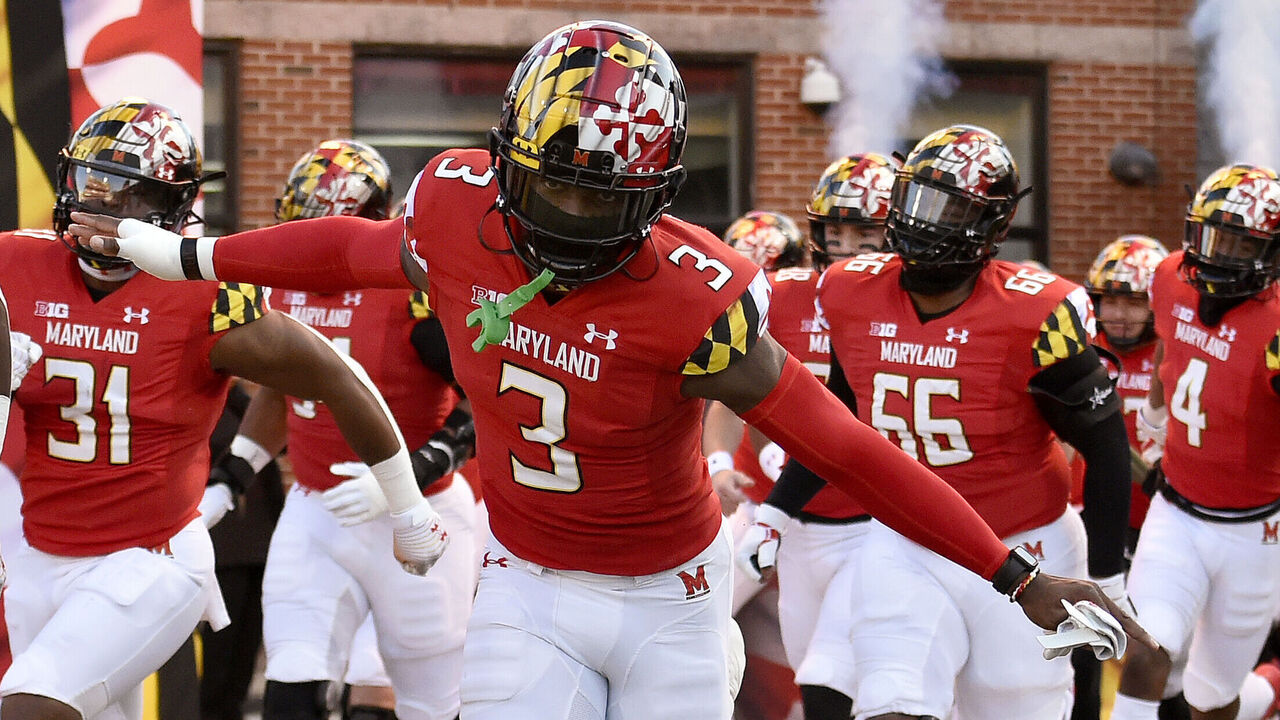
Banks has some of the best athletic tools in the class and combines that with solid film to earn a lot of optimism from us. He and his Maryland teammates communicated effectively when passing off receivers in zone, and Banks was a reliable man cover corner, too. He'll need to get more comfortable covering multi-stem routes and playing with his back to the ball, as he shows some panic movements in those scenarios. If the Maryland product's positional coach and defensive coordinator can clean up his technique just enough to maintain discipline in those uncomfortable situations, Banks has the potential to be a high-end starter for a long time.
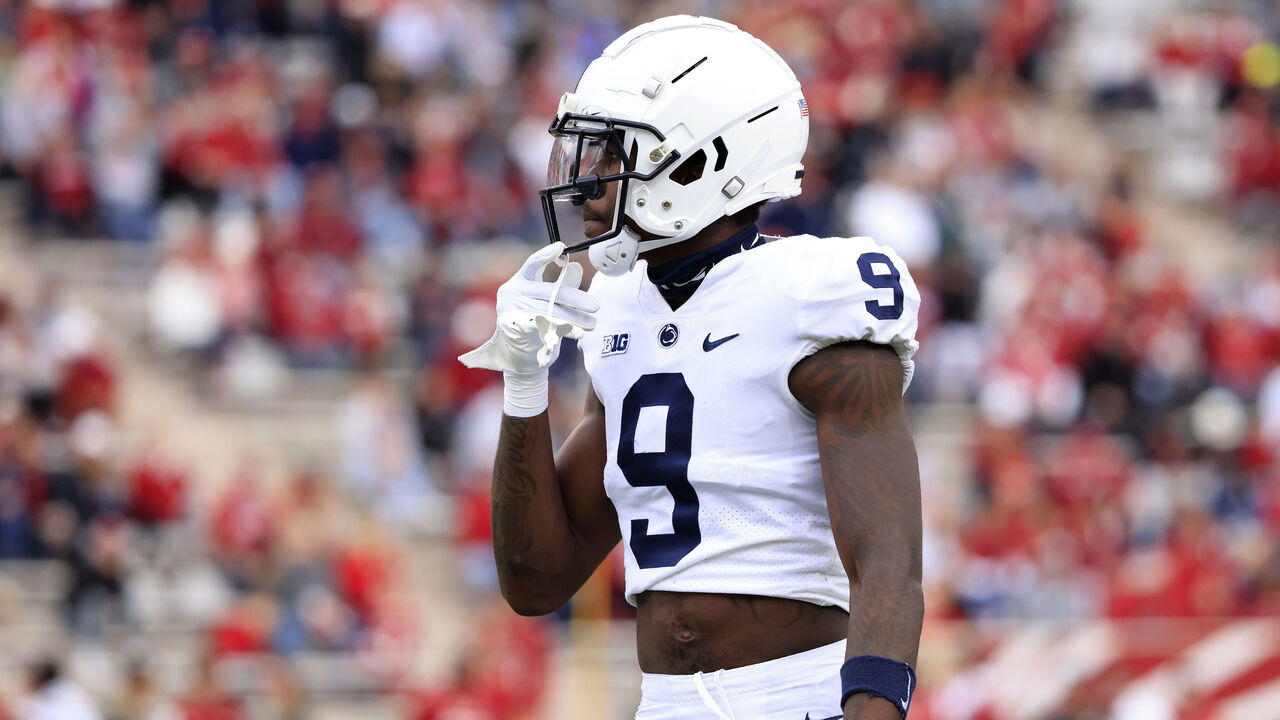
There's no questioning Porter's play strength when you turn on the film. He's capable of throwing receivers around as a press corner, disrupting route timing, and preventing clean releases. Porter breaks on throws to force incompletions both coming downfield and leaping into the air. He also uses good hand placement to help recover if he's caught out of position, keeping him involved even if he makes a false step early in the down. The team that selects the former Nittany Lion would be wise to keep him at the line of scrimmage for the majority of his snaps, as his hip fluidity and change of direction skills leave something to be desired and could leave him exposed against quicker targets.
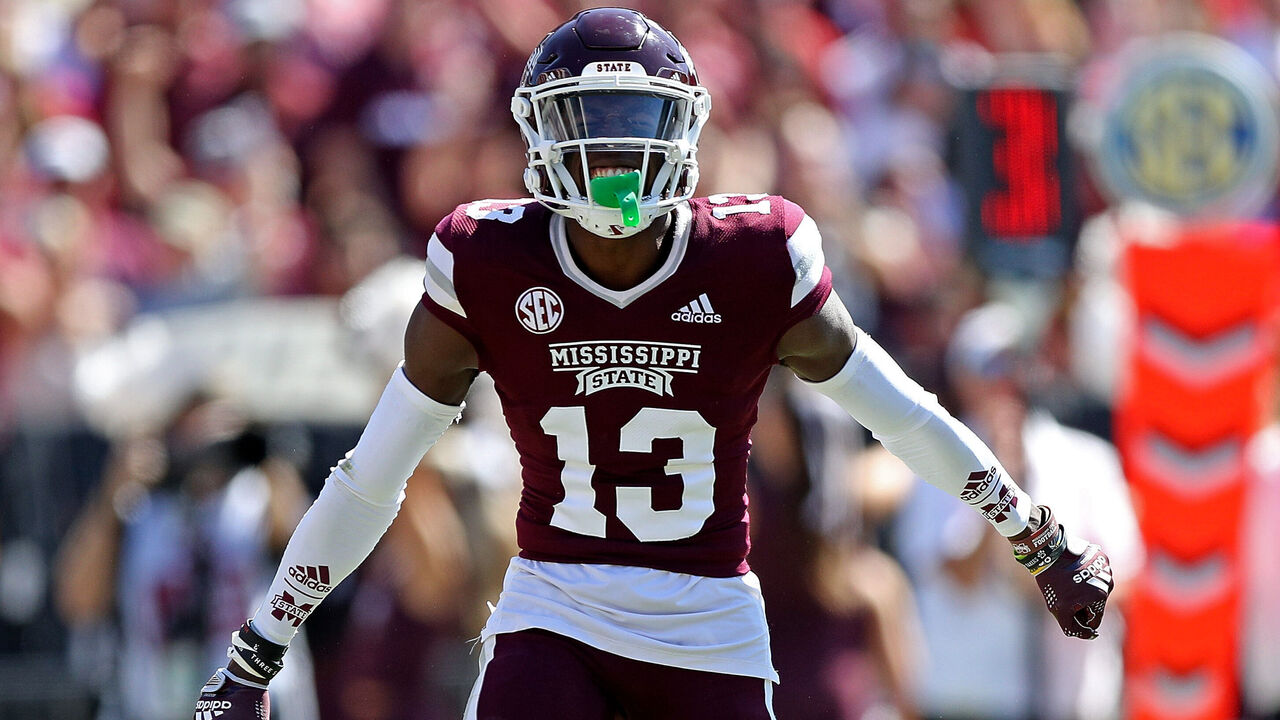
First things first: Forbes needs to put on some weight, or he'll get bullied by NFL targets. Even just 10 pounds will go a long way in helping him match up with bigger targets. Assuming he can do that, the Mississippi State product has the range, play recognition, and ball skills to eventually develop into a Pro Bowl-level corner. Those traits do make him susceptible to double-moves, so the 22-year-old will likely be paired with coverage help over the top to allow him to maximize his ball-hawking abilities. Forbes finished his three-year college career with 14 interceptions, including at least three per season and a whopping six touchdowns.

Smith's fit is almost the exact opposite of Joey Porter Jr.'s. The former Gamecock profiles as an off-ball corner that relies on diagnosing plays with his eyes over playing in receivers' pockets at the line of scrimmage. Smith is able to keep eyes on intended receivers and quarterbacks when playing in zone to break on the ball effectively and has good enough technique and raw speed to play off-man once his hips are aligned with where he's trying to get to. Zone-heavy teams should love Smith's anticipation and tendency to play the ball rather than the man on the perimeter.

Ringo was once expected to be one of the earliest picks in the 2023 NFL Draft, but the former Bulldog's 2022 campaign didn't see him take the step that many expected him to. He still sports maybe the best overall combination of physical traits, running a blazing 4.36 40-yard dash despite weighing in over 200 pounds, but the processing and coverage skills haven't caught up to the elite traits yet. He's often a step slow, leading him to be caught out of position and leaning rather than moving with receivers in phase. Ringo could be a candidate to get some snaps at safety, where he'll have more time to read and react. His ceiling is just as high as anyone else's in this class, but his floor is far from safe. Thankfully Ringo only turns 21 this summer and has plenty of time to be coached up.
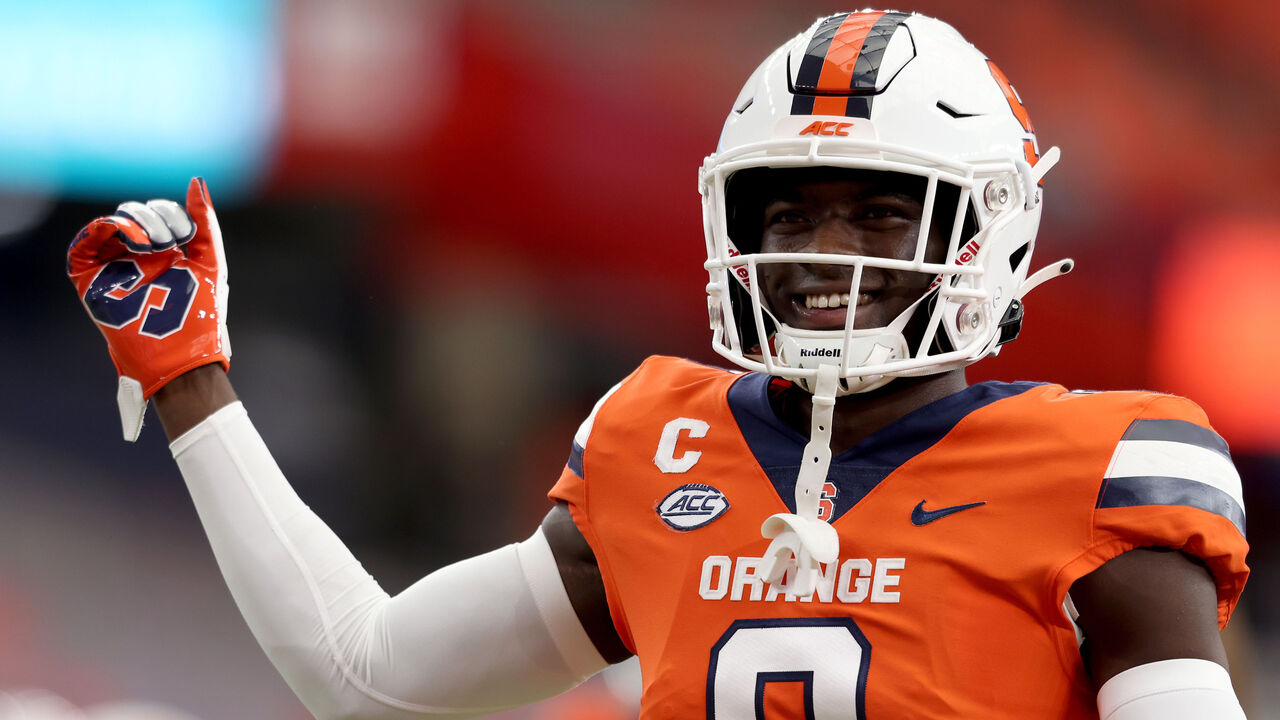
Williams is an absolute technician at the corner position and flashes skills that could've had him much higher on this list. The Syracuse product wasn't flagged at all over the past two seasons and showcases the necessary movement skills to mirror receivers, regardless of the defensive play call. Williams gets his hands on the ball, but like Gonzalez, it would serve him well to get more aggressive and go after some more turnovers. That aggressiveness could also translate to tackling, where Williams flashes a hit stick that's not all that dissimilar to what Witherspoon brings to the table. Improving that mentality could be all that stands in the way of Williams being an impact starter. The team that selects Williams may not get to see him on the field in Week 1, as he's recovering from an ACL tear suffered in October.

Brents' bread and butter should be playing zone coverage off the ball, using his impressive length to disrupt receivers while he reads them, route combinations, and the quarterback. He'll lock onto the quarterback for a second too long on occasion, which can leave him more susceptible to patterns that cross his face. Brents can play some press-man coverage, but his lack of elite long speed (4.53 40-yard dash) will likely prevent him from effectively contributing in a scheme that relies on corners being able to carry vertical routes down the field consistently. Quicker receivers could also present some issues, given the former Wildcat's height.
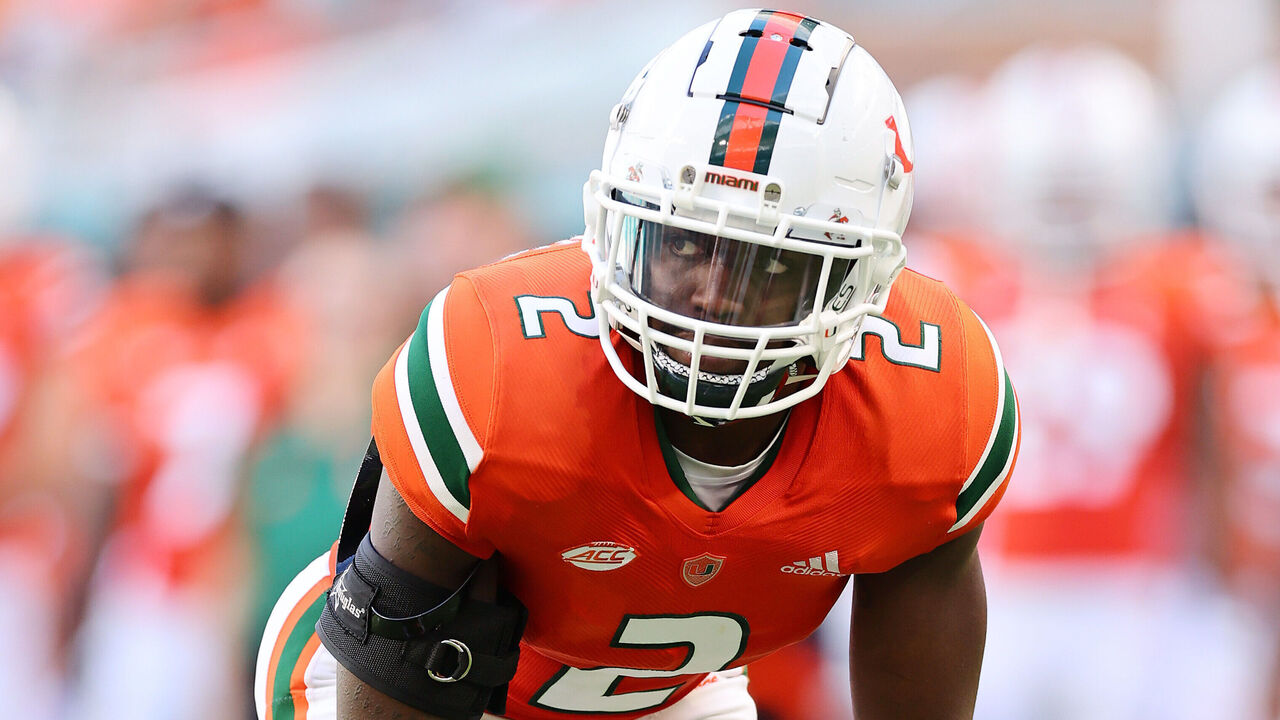
Stevenson transferred from Georgia to Miami and became one of the Hurricanes' best defensive players, using his big frame and press coverage skills to match up well with most receivers. Teams that run a lot of off coverage will likely want to look elsewhere for corner help due to Stevenson's lack of pattern-matching ability and tendency to overextend himself when transitioning from his backpedal into a full run. His recovery speed is very solid but not quite special enough to allow him to rely on it at the next level. The 22-year-old also has a lot of room to grow in zone to prevent being exploited by NFL offenses.
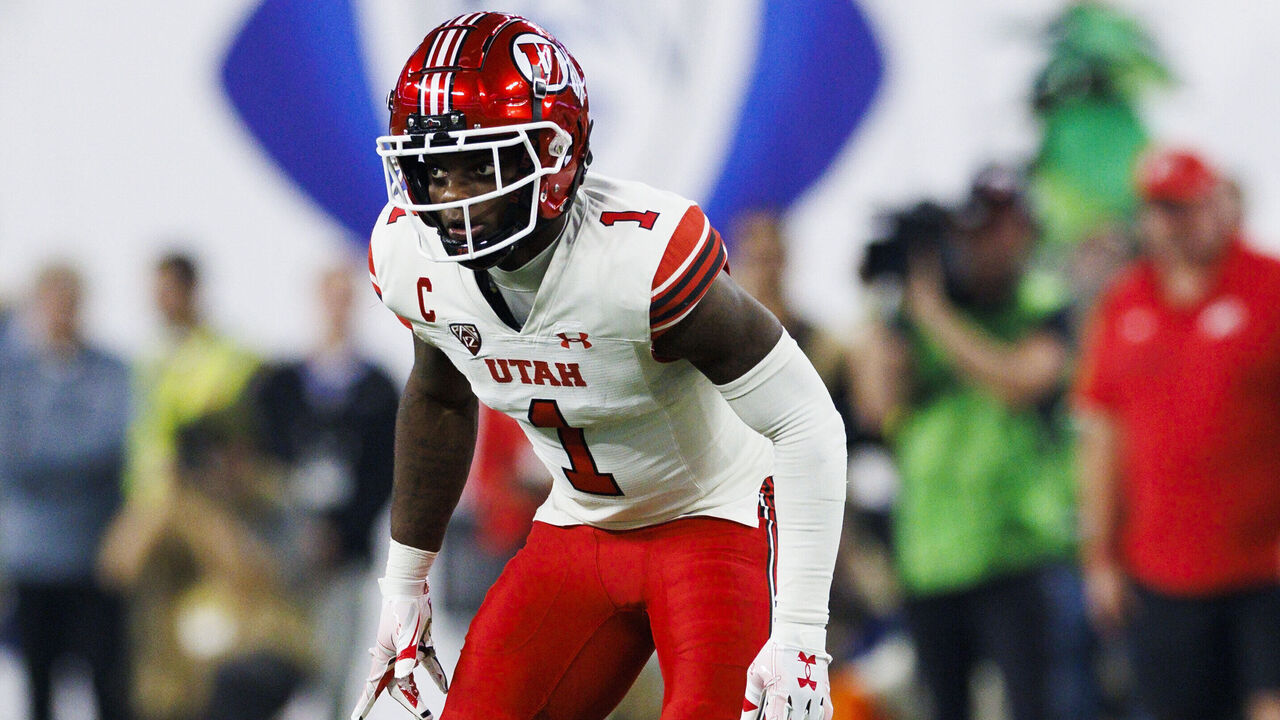
Phillips finished his career at Utah with nine interceptions, including six last year. He also scored four touchdowns on those nine picks, with a pair coming in 2022. That kind of ball production will get the attention of NFL teams, even if Phillips is undersized. Part of what made him such an effective ballhawk is his aggressive mentality, but another key is his ability to keep eyes on the quarterback while dropping into zone and understanding what the offense is trying to do. Those skills can translate to the next level, even if the size concerns limit his snap total and where he lines up on most downs. A lack of elite hip fluidity is another thing to consider with Phillips, as it can limit his ability to match up with receivers that threaten him deep.
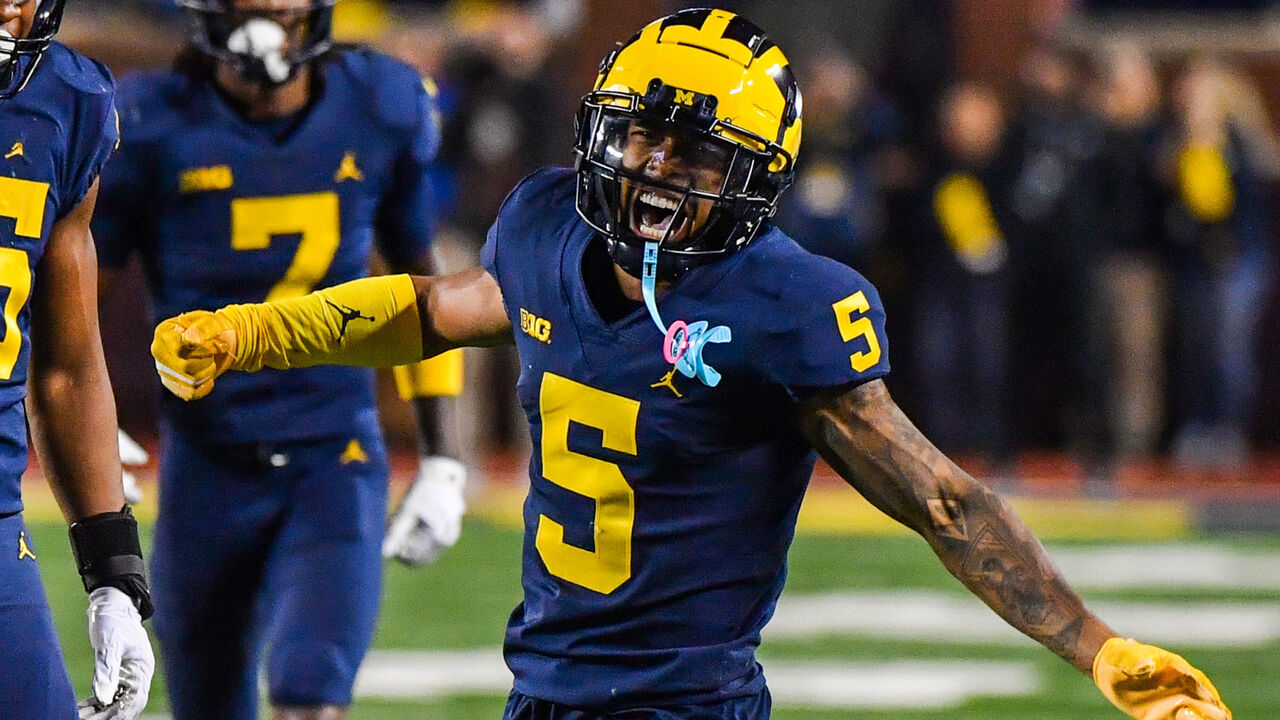
This year's 40-yard dash champion at the combine has elite movement skills across the board. Turner's 4.26 speed stands out the most, but he has short-area quickness to mirror receivers on all sorts of routes and could be a contributor early if the team that selects him understands his limitations against bigger pass-catchers. Too often, Turner's thin frame would be boxed out or knocked around by subtle push-offs from receivers, preventing him from making a play on the ball. If he can put on some muscle mass to better match up with larger targets while maintaining his elite movement skills, then Turner could develop into a really nice piece. Expecting Turner to contribute much in the ground game is unwise, as he's a lunge tackler that struggles to get off blocks, but he can carve out a role as a late-down cover man.
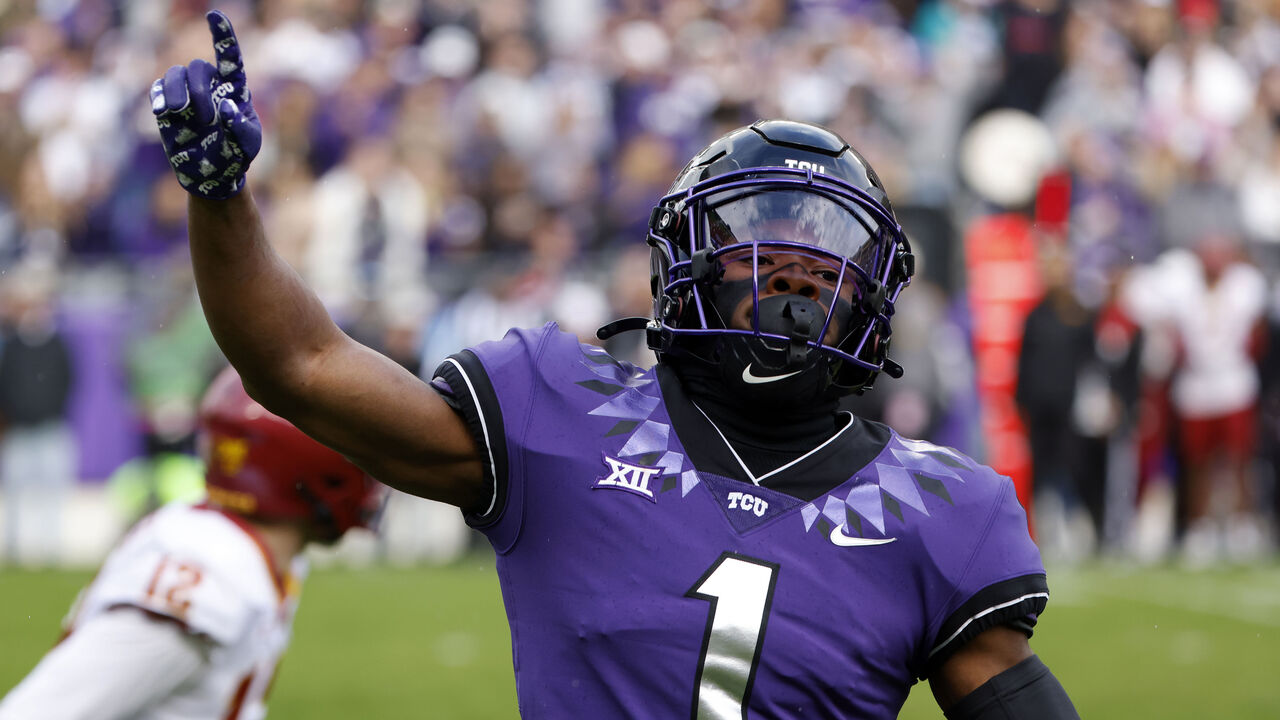
Hodges-Tomlinson, nephew of Hall of Fame running back LaDainian Tomlinson, is one of the smallest players in the entire draft class, but you'd never know it based on how he plays. THT has an aggressive mindset and the necessary short-area quickness to match up with receivers when he's lined up off the ball. Having him play press-man against X receivers is unlikely to be fruitful, but there's a path to him receiving occasional snaps on the outside to complement the majority of his time in the slot. But he'll need to trust his technique and clean up his handsy style of play, regardless of where he's lining up in the NFL. The TCU product could also see some early special teams reps thanks to his surprisingly solid tackling skills.
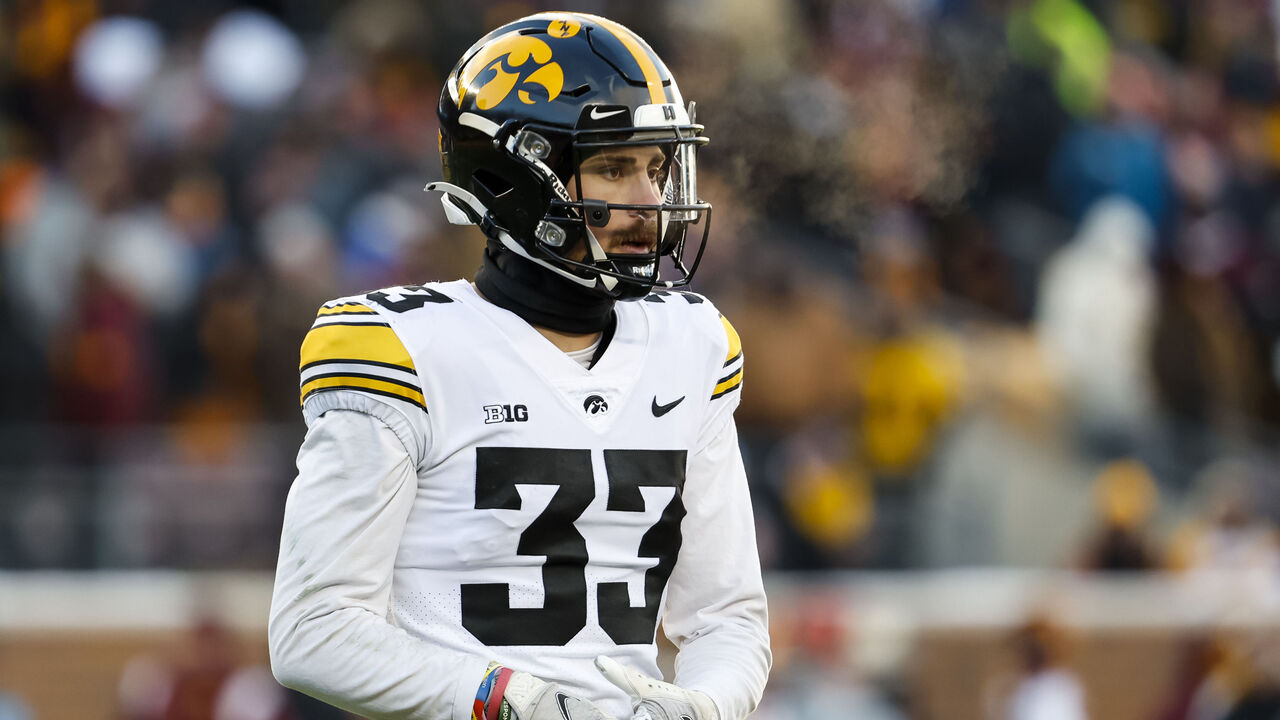
Moss is unlikely to ever be a consistent NFL starter, but he could be a really effective backup for zone-heavy teams. The former Hawkeye can provide decent coverage skills and solid tackling to whichever team picks him up, but he lacks elite tools to be counted on as a starter. They aren't necessarily bad tools, but players with 4.54 speed and short arms don't typically start at the next level. Where the Iowa product could find a role is down near the red zone, where he can use his solid size, leaping ability, and tackling prowess to contribute. Moss projects to be a solid backup, but he's also got special teams experience and skills to contribute in the game's third phase.
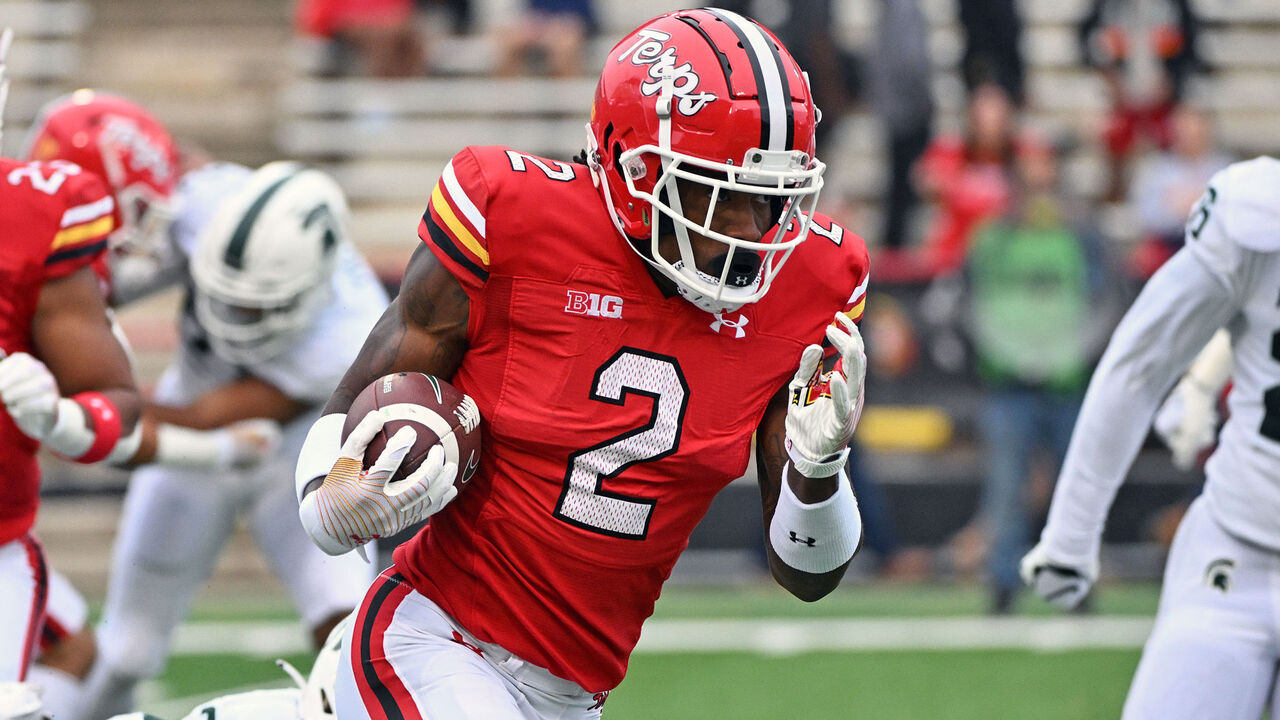
Bennett hasn't quite put it all together just yet, but there's a lot to like. His broad jump, vertical jump, 40-yard dash, and 10-yard split all rank in the 91st percentile or better for cornerbacks, per MockDraftable. His speed stands out as his most defining trait, running a blazing fast 4.30 at the combine. Bennett uses that speed to harass receivers at the catch point and force plenty of incompletions. The Maryland product will need to learn how to use all of his athleticism while maintaining balance and control, or NFL offenses will cross him up with concepts that leave him stumbling and out of position. Both his man and zone coverage snaps show this, so it won't be as simple as putting him in a system that hides his deficiencies. But with some good coaching, Bennett can find ways to contribute at the next level.
Other notable prospects
Darius Rush, South Carolina
Jaylon Jones, Texas A&M
Eli Ricks, Alabama
Kyu Blu Kelly, Stanford
Kei'Trel Clark, Louisville